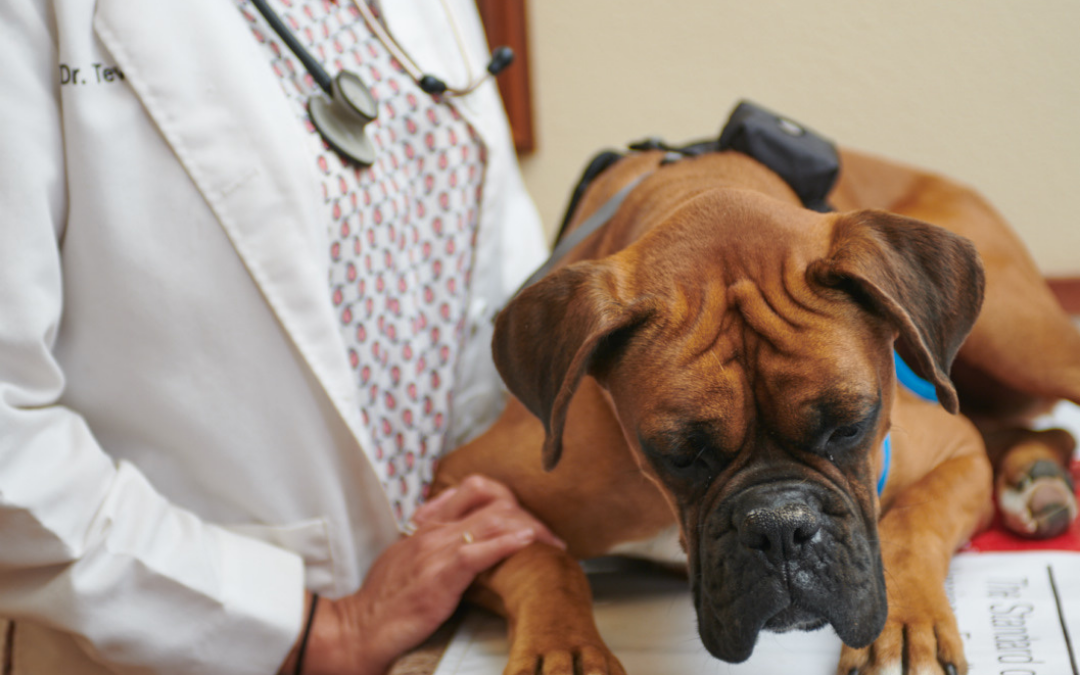Minimizing Pain Points with Remote Monitoring
Recently Today’s Veterinary Nurse produced an article outlining the use of anesthesia for geriatric patients. There were different pain points throughout the article. Wearables could help with minimizing pain points with remote monitoring.
Article’s Pain Point Summary
The article outlined important points to keep in mind throughout it, “a geriatric patient is often defined as one that has reached 75% of its average life expectancy.” The average lifespan of a canine can differ between breeds because of height and weight differences. Therefore geriatric patients can look different when they walk into your exam room. However, they do all have some things in common. Most may appear to be healthy but often have different underlying dysfunctions. These dysfunctions can pose a real challenge for veterinary professionals if that animal should need to go under anesthesia.
The article then proceeds to talk about the patient assessments and anesthesia plan. Stating the plan of use for anesthesia on a geriatric patient should be individualized. This is to make sure that patient is receiving the best care for them. The article also outlined how the different organ systems are affected as the body ages.
Considerations with Age
Cardiovascular System
There are different effects to take into consideration as our canine friends’ age. However, when it comes to the cardiovascular system, the Today’s Veterinary Nurse article states that “studies evaluating the effects of aging on the cardiovascular system of dogs and cats are limited.” Connective tissue with aging, however, does affect the animal if undergoing stress and anesthesia.
The older patients have “less compliant vessels, myocardial hypertrophy, fibrosis, and valvular disease.” Patients within the geriatric description also are “more susceptible to arrhythmias.”
Respiratory System
Unlike the cardiovascular system, the respiratory system is more affected by the aging of the patient. The patients have several things that are keeping them at a higher risk when under anesthesia. Consequently, they “are highly susceptible to hypoxia and hypercapnia.”
Gastrointestinal System
The gastrointestinal system is similar to the respiratory system in that there are changes that occur that greatly affect the patients’ risk when undergoing anesthesia. The article points out that the liver, in particular, loses some of its ability to metabolize drugs in phase 1.
Nervous System
Thermoregulation is something that declines as patients age. It is something that is always taken into consideration when “putting a dog under” anesthesia. However, Today’s Veterinary Nurse article does a great job of outlining the effects and things to follow when working with geriatric patients.
How it Relates to Remote Monitoring
Remote monitoring is something that rose in the last year and a half. Even before the pandemic, people were wanting their dogs to be in the comfort of their own homes when recovering or when they were ill. Having the patient at home reduces their stress as well as that of the owner wondering about their animal constantly while they are away. So, wearables can assist with this process.
Wearables give veterinary professionals the ability to monitor their patients from anywhere, including their homes. Allows your geriatric patient, with all of the complications listed above, to not have added stress to the situation. MeasureON! can measure TPR and stream a live ECG all from the press of a button on your mobile device. It provides consistent, accurate monitoring.
Minimizing Pain Point with Remote Monitoring Example
So, say you have a geriatric patient. This patient needed to have elective surgery to remove a mass that was in the gastrointestinal system. You feel that it would be best for the patient to recover at home. However, you are nervous that there may be complications based on the underlying disease that the patient has on their health history report. Wearables, and the help of telemedicine, could help ease your mind and help your patient recover.
The wearable could be sending you alerts to your mobile device. You could also set up a telemedicine appointment with the client to maximize the monitoring time of that patient. Subsequently, your client could ask any questions during the telemedicine appointment that they have for recovery, as well as consult with you instead of searching for answers on their own.
The article in reference, by Today’s Veterinary Nurse, can be found here. Of course, it has more knowledge that was not mentioned in our blog post. However, the information that was referenced can be directly related to the wearable and telemedicine industry. Minimizing pain points with remote monitoring is doable with the use of wearable technology and telemedicine.

